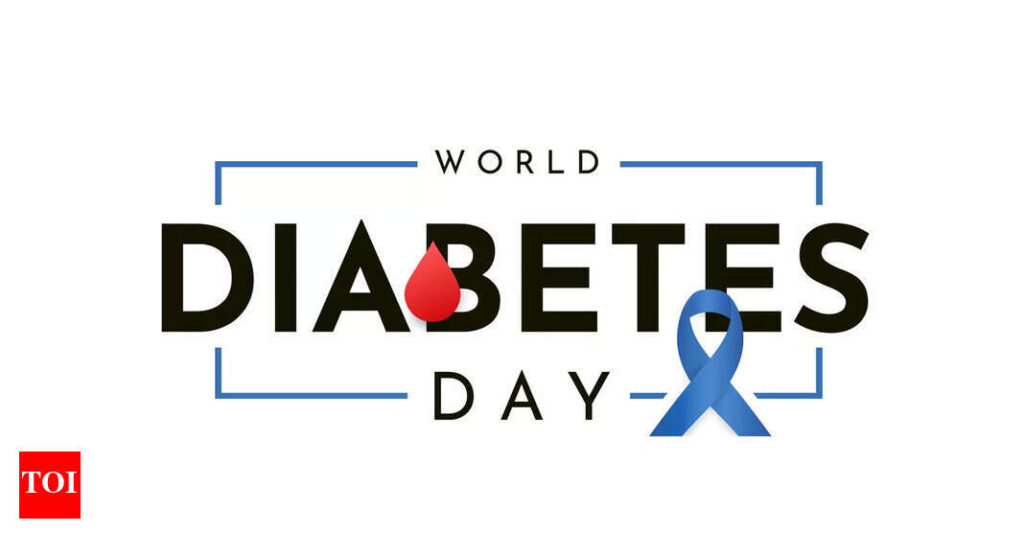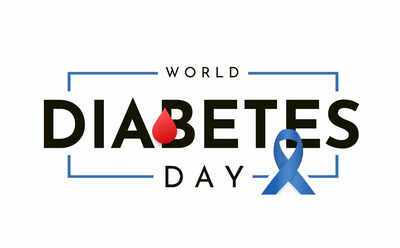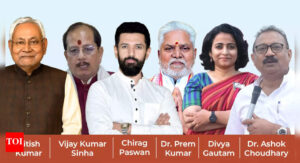Healing the Body, Steadying the Mind: A Gita-Inspired Reflection for World Diabetes Day

World Diabetes Day arrives each year as a gentle reminder—not of a disease, but of a relationship. A relationship with our body, our habits, our mind, and ultimately, with ourselves. For many, the first moment of diagnosis feels like Arjuna’s moment on the battlefield—confusion, fear, and the sinking feeling of “How will I handle this for the rest of my life?” It is here that the timeless wisdom of the Bhagavad Gita quietly steps forward, offering not philosophy alone, but a practical way of living.The Gita teaches that every difficult moment in life contains two battles: the one outside, and the one within. Diabetes is no exception. There is the external discipline—food choices, medication, physical activity. And then there is the internal landscape—stress, guilt, fatigue, and the pressure to maintain “perfect numbers.”Krishna’s first lesson to Arjuna is profoundly relevant here: “You have a right to your actions, not to the fruits of your actions.”For someone living with diabetes, this removes an enormous emotional burden. You cannot control how your fasting glucose behaves every single morning, but you can control your walk, your plate, your sleep, your follow-ups. Once this shift happens—from obsessing over outcomes to committing to daily actions—the journey becomes lighter and far more compassionate.In clinical practice, we often see how stress becomes the hidden fuel for high sugars. Cortisol rises when the mind feels cornered, and insulin resistance quietly worsens. The Gita’s message of equanimity—sthitaprajna, the balanced mind—is not a spiritual luxury; it is a metabolic necessity. A calmer mind digests better, sleeps better, chooses better, and heals better. Even a simple pause before eating—one deep breath taken with awareness—can change the body’s response to a meal.The Gita also reminds us of the power of abhyasa, steady practice. Diabetes care is not about grand resolutions; it is about repeating small healthy choices until they become second nature. A 20-minute walk, reducing one teaspoon of sugar, honoring sleep as medicine, or taking medicines on time—these simple actions, done consistently, create extraordinary impact. They echo the Gita’s gentle insistence on doing what one can, with sincerity, one day at a time.Krishna’s role as a charioteer is one of the most beautiful metaphors for the doctor–patient relationship. He does not fight the battle for Arjuna, but he stands beside him, guiding, encouraging, and reminding him of his own inner strength. In the same way, healthcare professionals do more than prescribe—they walk with the patient, helping them navigate fear, fatigue, and frustration. Healing is never a one-person journey; it is shared, supported, and strengthened together.As we observe World Diabetes Day, perhaps the most meaningful message from the Gita is this: diabetes is not the end of freedom—it is the beginning of awareness.Awareness of what we eat, how we feel, how we treat our body, and how tenderly we handle ourselves.When we bring Gita’s clarity to modern life—action without anxiety, effort without fear, discipline with compassion—diabetes becomes not a burden, but a teacher. A teacher that reminds us every day:Care for the body, steady the mind, and let wisdom guide the journey.World Diabetes Day is today, November 14Authored by: Shashank R Joshi and Shambo S Samajdar





